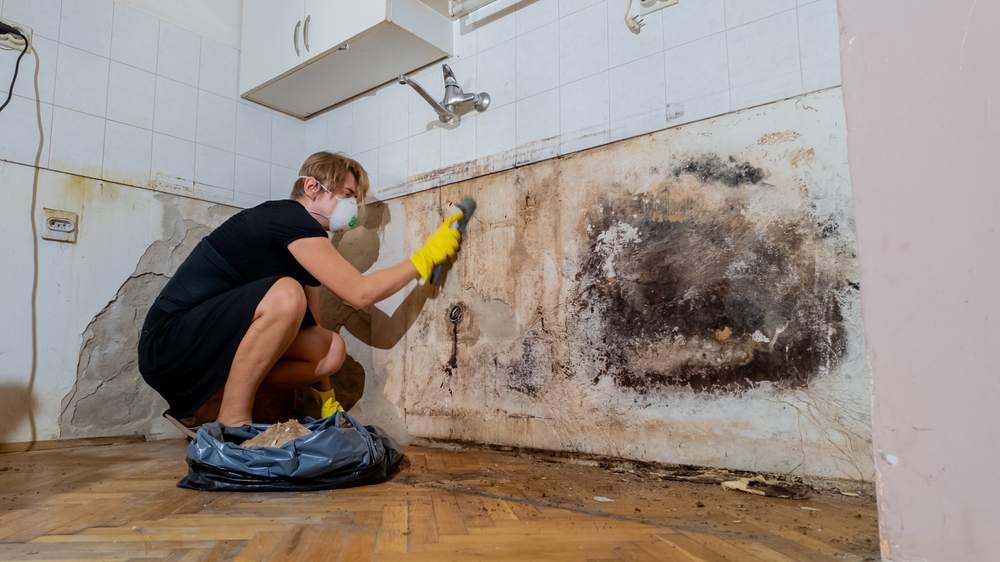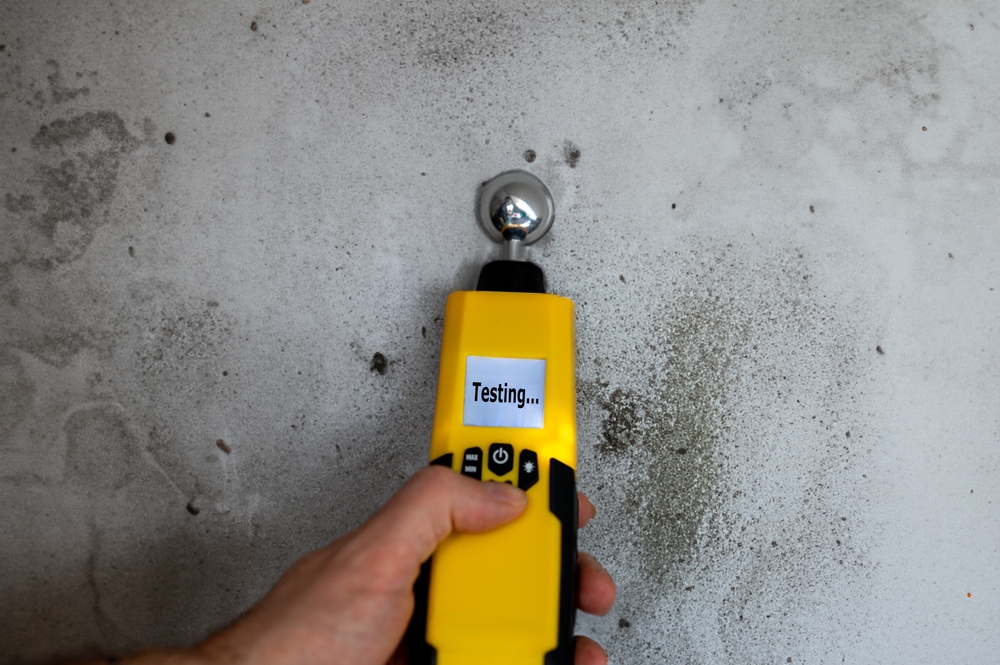Mold in the crawl space of your house can compromise your residence and endanger your health, not only be an unattractive annoyance. Underneath your house, a crawl space can conceals a lot of issues like mold. We will lead you through knowledge, prevention, and how to address mold in your home’s crawl space in this book. These guidelines will help you to safeguard your family and maintain a secure and healthy household.
Introduction
The general state of your house depends in great part on the crawl space of your property. It is like the secret base supporting all above. Growing mold in your crawl area can contaminate your house and reduce the interior air quality, therefore increasing health hazards. Particularly sensitive are children, the elderly, and individuals with allergies or asthma.
These hazards mean that one should be proactive. Early action and frequent inspections can prevent later on health issues and expensive repairs. This blog post will assist you to identify mold, understand its sources, and know what actions you should do to stop and eliminate it. Let’s get going!
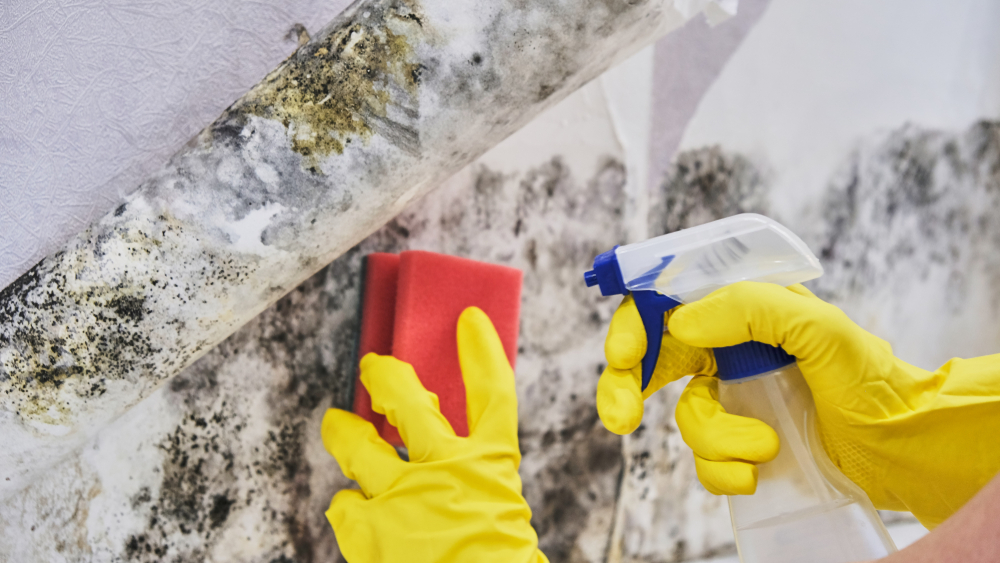
II. Understanding Mold Growth in Crawl Spaces
Understanding why mold forms in crawl spaces initially will help you to tackle it.
Factors Contributing to Mold Growth
A number of elements create the ideal conditions for mold to flourish:
- Moisture and Humidity: Mold enjoys damp environments. Mold will find your crawl space perfect if there is high moisture from rain, plumbing leaks, or water seepage.
- Poor Ventilation: Inadequate air flow causes moisture to remain in one area. This still air allows mold the time required for development.
- Water Intrusion: Sometimes poor drainage around your house or foundation lets water make its way into your crawl space.
- Lack of Insulation: Inappropriate installation of insulation might lead to condensation resulting from temperature variations. Furthermore supporting mold growth is this additional dampness.
Common Types of Mold in Crawl Spaces
Your crawl area could show several kinds of mold. Two common instances are:
- Black Mold (Stachybotrys chartarum): Often known as “toxic mold,” black mold (Stachybotrys chartarum) can generate dangerous spores. Usually it is found in places with continuous precipitation.
- Cladosporium: Usually green or brown, this mold Cladosporium can aggravate allergies. Common in dark, wet environments like crawl spaces is it.
Knowing these kinds will enable you to identify when you could find yourself struggling. Seeing any mold indicates you should act even if you cannot determine the precise type.
III. Identifying Mold in Your Crawl Space
Early mold identification can significantly impact things. These are some ways you could find mold in your crawl area.
Visual Inspection
A visual assessment is a decent beginning step. Here’s how to accomplish it:
- Wear Protective Gear: Before you start, cover yourself against mold spores by donning gloves, a mask, and long sleeves.
- Look for Visible Signs: Go gently across the crawl space in search of moldy areas. They could show up as brown, black, or green stains.
- Check for Discoloration: Look for places where the ground, insulation, or even wood appears discolored.
- Notice Any Musty Odors: Often a clue to mold is a musty smell. Mold may exist in your crawl area if it smells musty or moist.
Testing for Mold
Mold sometimes lurks under insulation or behind walls. Professional mold testing will be quite beneficial in these situations. Testing follows these guidelines:
- Sample Collection: Professional will gather samples from the likely sites.
- Lab Analysis: The samples are transported to a lab where professionals find the kind and concentration of mold.
- Results: Results let you determine whether expert correction is required.
If you are not sure what you observe, you would be wise to get a specialist for a thorough check and testing.
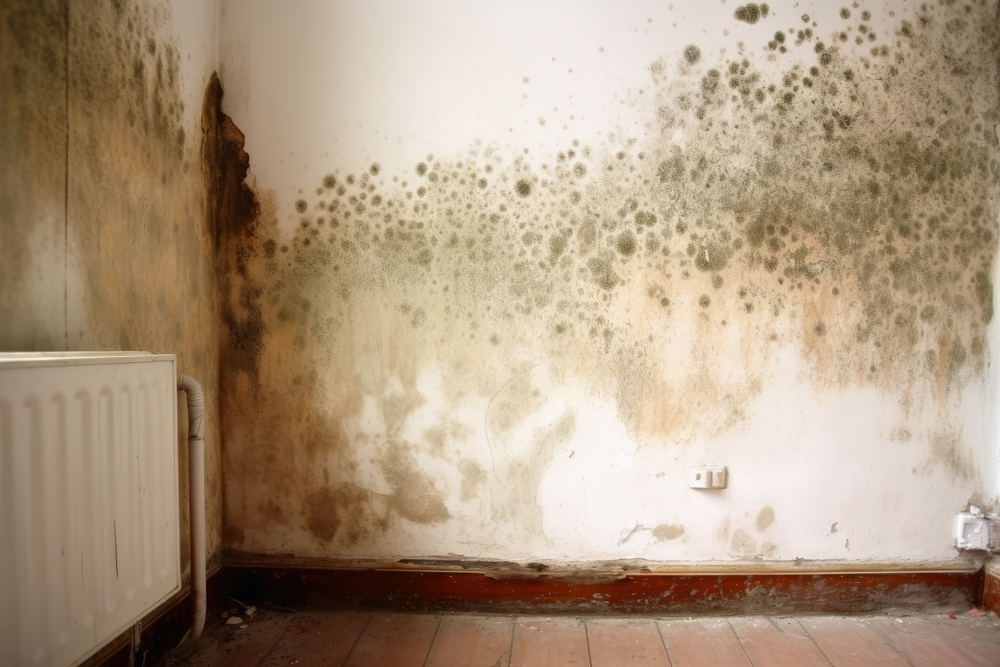
IV. Preventing Mold Growth in Your Crawl Space
Regarding mold, prevention is the best treatment available. These doable actions will help your crawl area stay free from mold’s grasp.
Improve Ventilation
Excellent air flow keeps your crawl space dry. These suggestions help to enhance ventilation:
- Passive Vents: Passive vents let airflow naturally in and out of the crawl space.
- Active Ventilation Systems: Fans in active ventilation systems drive air circulation. They can quite successfully lower humidity.
- Subfloor Vents: Added to assist regulate the temperature and moisture content in your crawl space, subfloor vents
Free movement of air removes moisture required for mold development.
Control Moisture
Stopping water from finding your crawl space is absolutely vital. Think of these behaviors:
- Fix Leaks Quickly: Any water stains or leaking pipes should be fixed right once upon discovery.
- Improve Drainage: Make sure the ground surrounding your house slinks away from the foundation to improve drainage. Rather than pool next to your crawl area, this lets water flow away.
- Install a Drainage System: A drainage system can assist to prevent water incursion in places where it is rather widespread.
- Use a Dehumidifier: A dehumidifier can lower the general moisture content in damp surroundings, therefore preventing mold growth.
Maintain Proper Insulation
Excellent insulation controls moisture levels in addition to keeping your house cool in the summer and warm in the winter. The following guarantees appropriate insulation:
- Inspect Regularly: Verify that insulation is undamaged and not wet.
- Upgrade if Needed: Upgrade if necessary by thinking about substituting moisture-resistant components for your old or ineffective insulation.
Proper ventilation, moisture control, and insulation help you create a setting far less inviting to mold.
V. Addressing Mold in Your Crawl Space
Sometimes mold still shows up even with preventative actions. Should mold arise in your crawl space, here is what to do.
Minor Mold Issues
Should the mold issue be minor and not pervasive, you might be able to address it on your own. Follow these guidelines:
- Clean the Area: Scrub the moldy surfaces using a water and a light detergent combination. Always have on protective gear.
- Remove Affected Materials: Should mold develop on objects like cardboard or insulation, it would be advisable to remove and throw them.
- Dry the Area: Once you have cleaned, completely dry the area using fans or a dehumidifier.
- Monitor for Recurrence: Watch the region closely. Should mold return, it could point to more serious issues.
Severe Mold Infestations
Professional aid is required for big or stubborn mold issues. A professional mold treatment project should yield the following:
- Assessment: Professional inspection of your crawl area will help ascertain the degree of the mold.
- Containment: They will have the mold to stop it from permeating other areas of your house.
- Removal of Moldy Materials: Any one of them could have to be taken out.
- Cleaning and Decontamination: Professionals eliminate mold spores using particular cleaning solutions and methods in order to practice sanitation.
- Drying: Specifically designed tools will totally dry the region, so preventing the return of mold.
- Prevention: They could also provide guidance or tools to help your crawl space’s insulation, moisture control, and ventilation betterment.
One should not overlook severe mold problems. Mold may seriously affect your house and lead to major health problems.
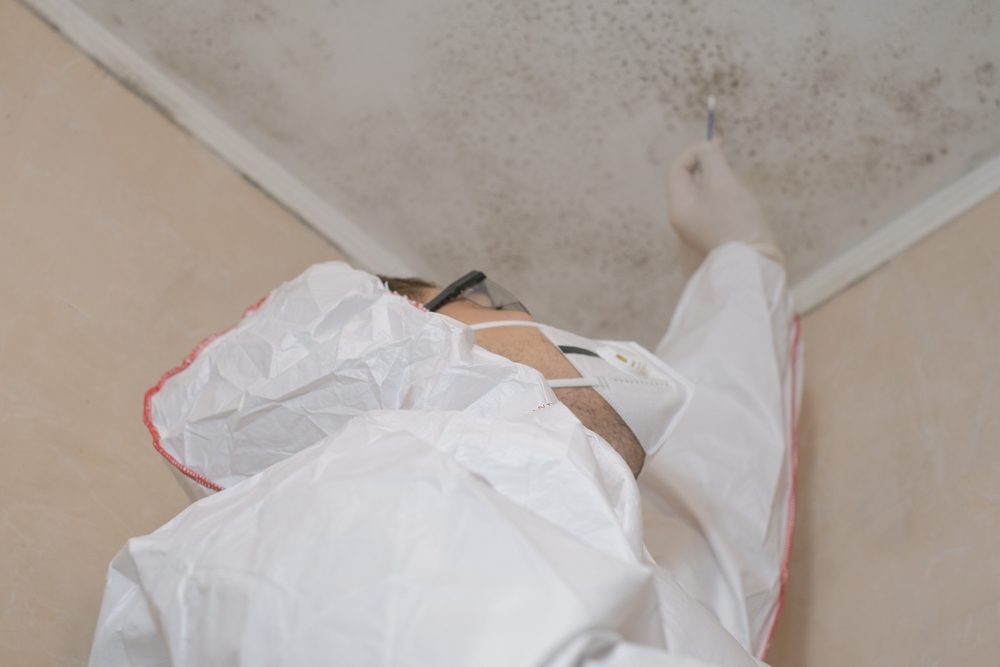
VI. Conclusion
All things considered, mold in your crawl space is a major problem that might compromise the construction of your house as well as the health of your family. The salient features to recall are:
- Understand Mold Growth: Mold loves damp, poorly ventilated spaces. Mold grows in part from elements including water penetration, high humidity, and inadequate insulation.
- Inspect Regularly: Look in your crawl space for obvious mold, musty smells, or evidence of water damage. Frequent inspections help to find early on issues.
- Prevent Mold: Create an atmosphere hostile to mold by improving ventilation, moisture control, and insulation maintenance.
- Address Problems Promptly: For small problems, cleaning and drying could be sufficient. See experts without delay for severe infestations.
By acting pro-actively, you will assist to keep your family healthy and your house safe. Frequent inspections and quick response help to avoid mold from being more of a concern.
Call to Action:
Inspect your crawl area right now and act to guard your house from damage. See a qualified mold remediation company right away if you discover a serious mold issue. Your house and health rightfully deserve it!
Philadelphia Restoration Services
https://www.google.com/maps?cid=3399342399556699153
+1 267 668 0013
https://philadelphiarestorationservices.com/

